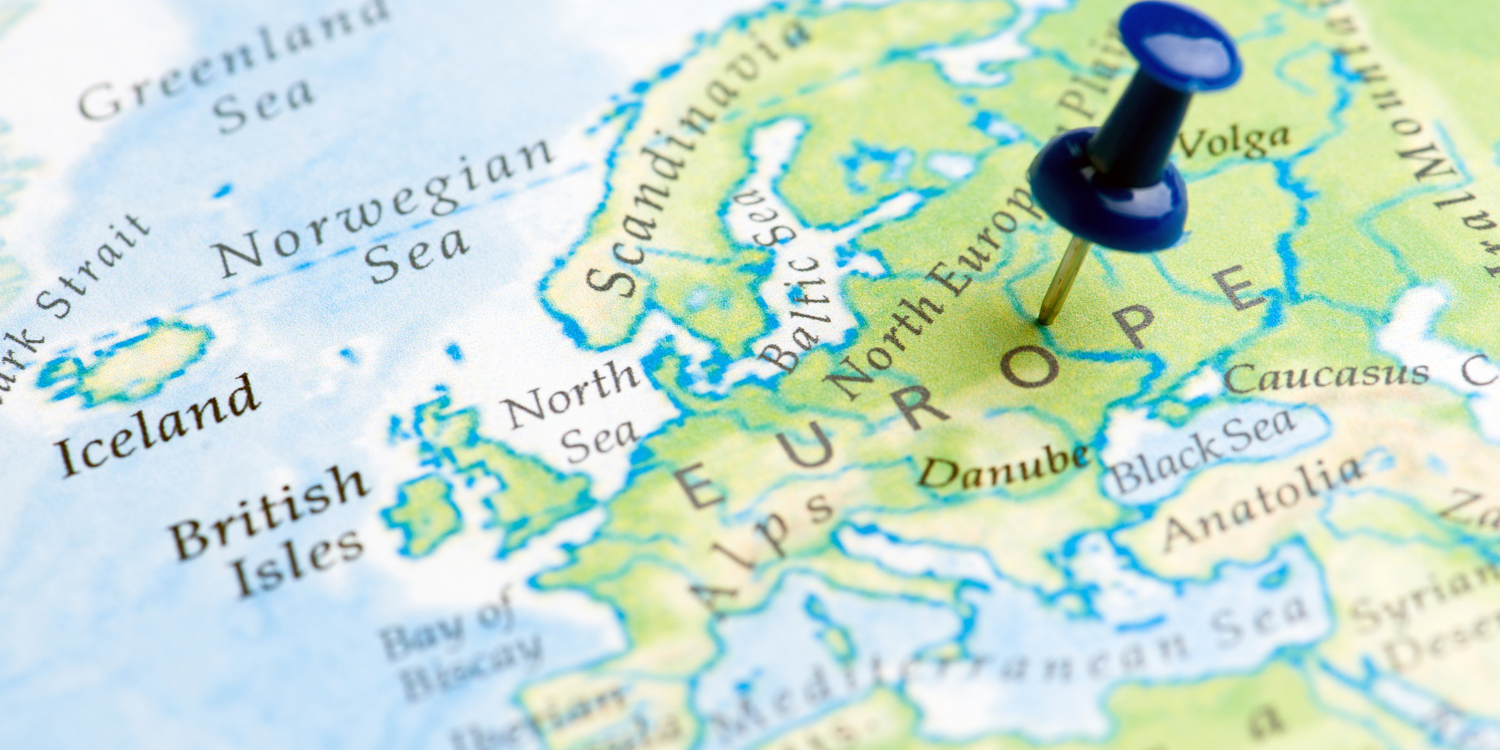Europe is facing a period of unprecedented macroeconomic challenges, where the convergence of global and regional factors is testing the continent’s economic stability. From rising geopolitical tensions to structural changes in major European economies, the region is at a crossroads that will define its economic course in the coming years.
The slowdown in German industry – a warning for Europe
The situation of German industry, traditionally Europe’s economic engine, has raised serious concerns. The slowdown in Germany’s manufacturing sector is symptomatic of deeper problems that affect not only Germany but the eurozone as a whole. Germany’s reliance on the export of industrial goods has made it vulnerable to fluctuations in global trade and supply chain disruptions, heightened by the pandemic and, more recently, the war in Ukraine.
This industrial contraction is not an isolated problem, but has direct implications for Europe as a whole. In June 2024, data showed a fall in the year-on-year industrial production index of -6.7%, the largest since Covid. This decline is part of a broader economic slowdown where German GDP grew by just 0.2% in the second quarter of 2024, reflecting weak domestic demand and declining exports.
Inflation and monetary policy: a double threat
Inflation has become a central issue for European economies over the past year. Consumer prices have reached levels not seen in decades, driven by energy shortages, rising production costs and the effects of the war in Ukraine. The European Central Bank (ECB) is in a delicate position, trying to balance the need to control inflation without stifling already fragile economic growth.
Monetary policy has so far been a double-edged tool. While interest rate hikes are designed to curb inflation, they also run the risk of further cooling an economy that is already showing signs of weakness. This situation has created a dilemma for policymakers, who must decide between further tightening monetary policy or allowing inflation to continue to erode the purchasing power of European citizens.
In this same context, the ECB’s Governing Council recently took the decision to lower interest rates to 3.5%. This is in line with expectations, given that the institution itself had been suggesting for months that June would be the time for the change of course. This marks the beginning of a path of decreases in the price of money, which, even so, is expected to be uncertain and without any committed dates.
The future of European integration: necessary reforms
The response to these challenges depends not only on short-term economic decisions, but also on Europe’s ability to make progress in its political and economic integration. The current crisis has highlighted the need for greater coordination among member states and the implementation of structural reforms to enable the eurozone to respond more effectively to crises.
In this context, the discussion on further fiscal union has intensified. Some economists argue that, without a common fiscal policy, the eurozone will remain vulnerable to asymmetric shocks. However, the implementation of such reforms faces significant obstacles, not only because of political differences among member states, but also because of resistance to ceding sovereignty on key issues, exacerbated by the very rise of the far right and anti-Europeanism in key countries such as France, Germany or Austria.
The IMF admits that excessive dependence on foreign supply or economic specialisation are legitimate economic security concerns, but argues that implementing national subsidies similar to current US policies under the Inflation Reduction Act would undermine the single market.
A turning point for Europe
Europe’s macroeconomic state is fragile and marked by a number of challenges that require coordinated and determined responses. The slowdown in German industry, the threat of persistent inflation and the need for structural reforms combine to create an uncertain economic environment. Europe is at a turning point, and the measures taken in the coming years will determine not only the continent’s economic stability, but also its position on the global stage.
